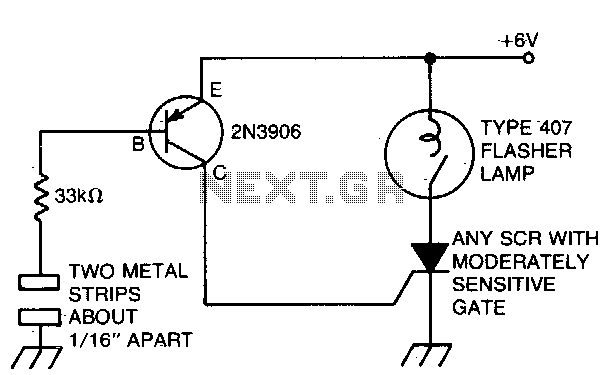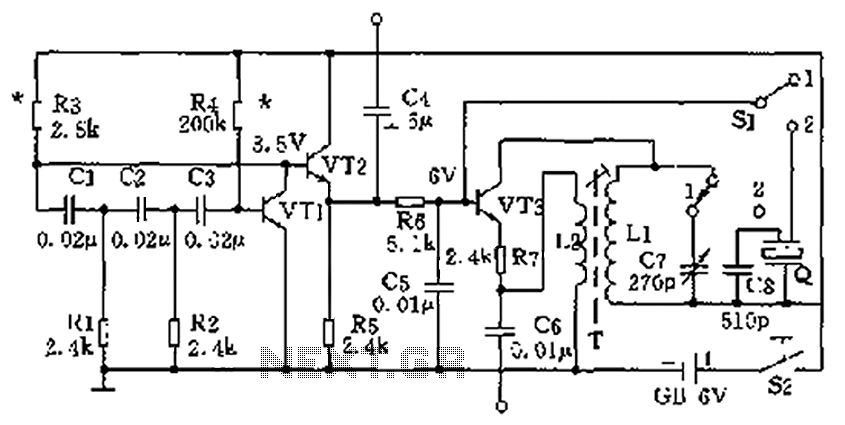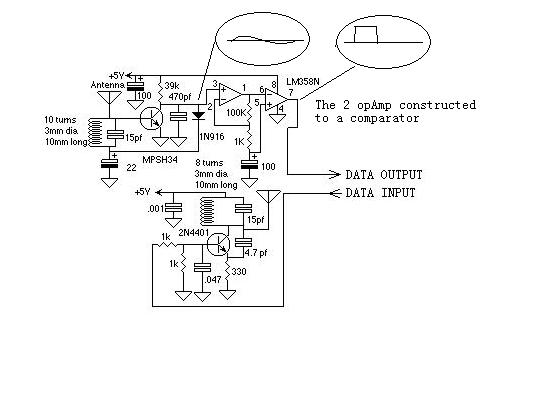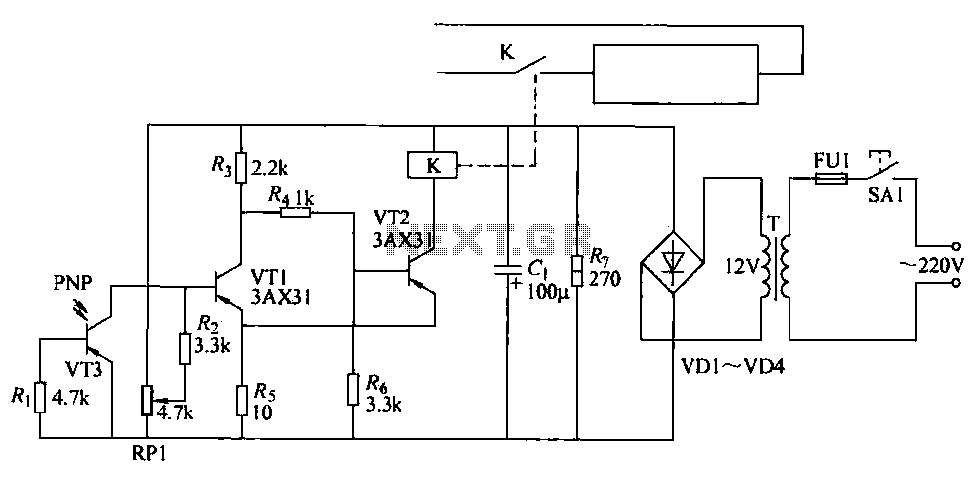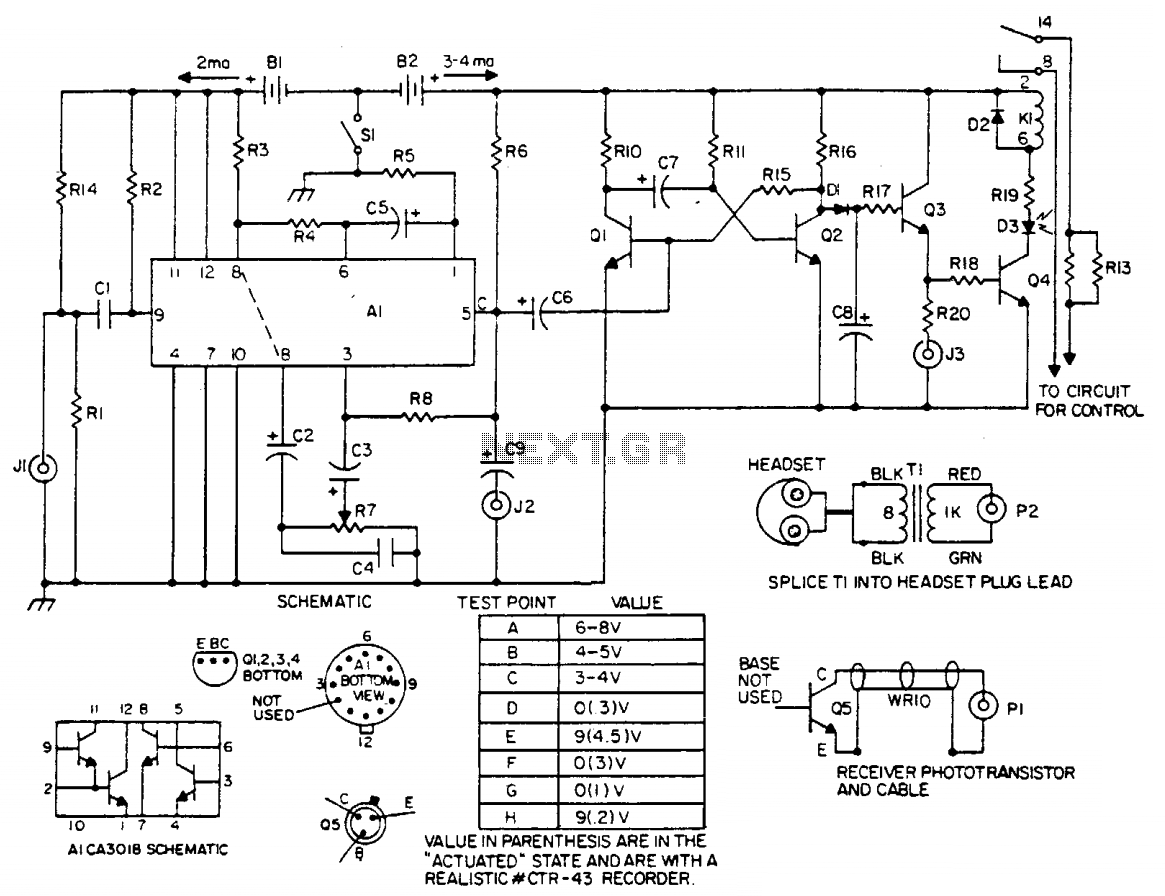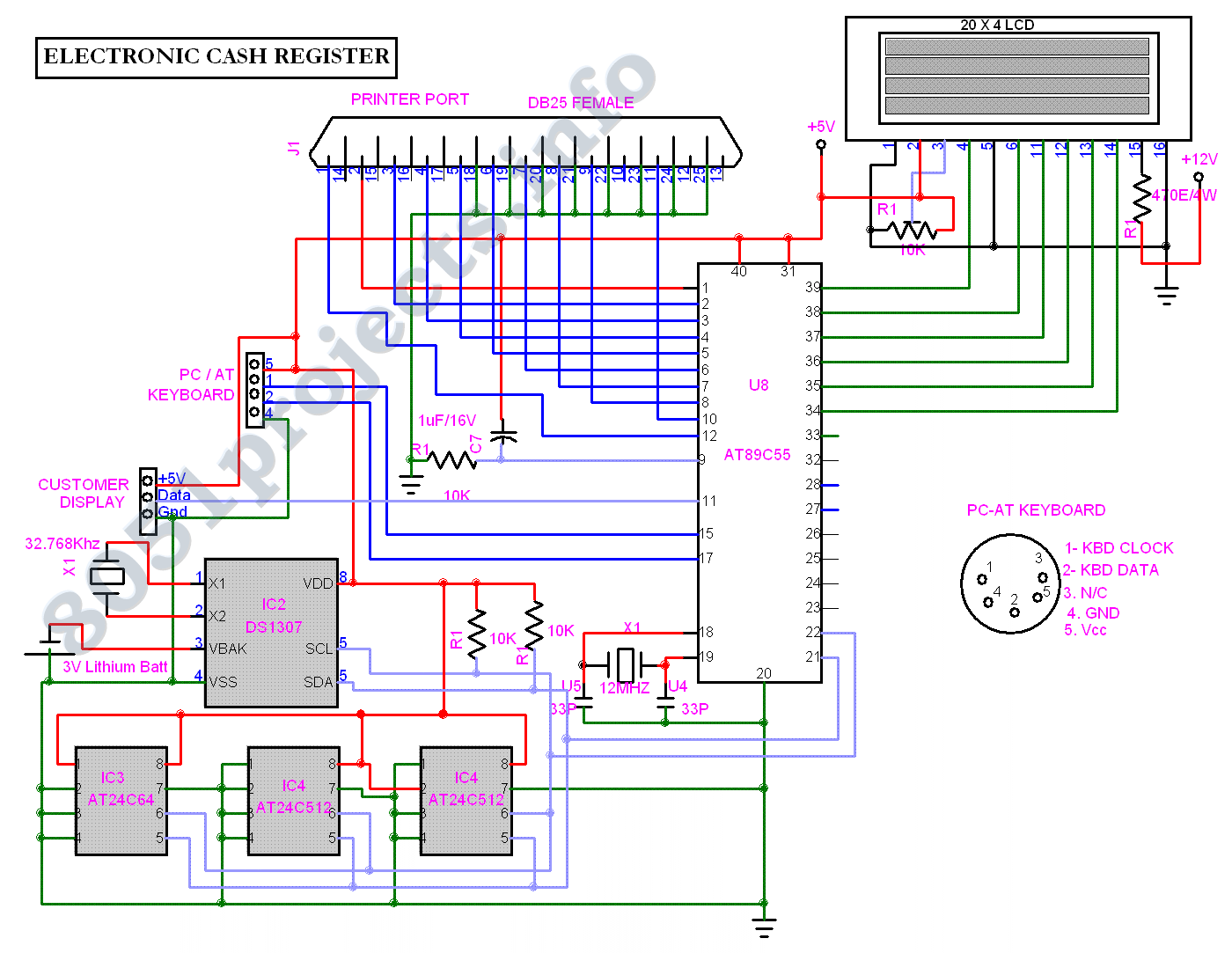
555 Pulsing Third Brake Light Circuit
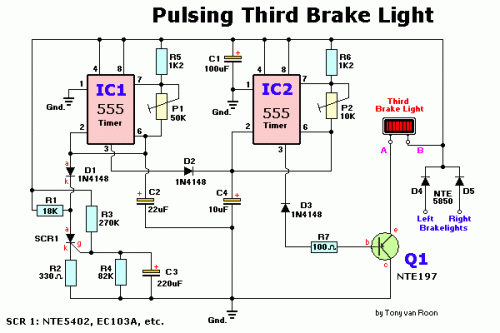
The circuit consists of two 555 timer oscillators configured in a dual timer arrangement, both set up in astable mode. Components include a 1N4148 diode and a 555 integrated circuit.
The dual 555 timer circuit operates in astable mode, generating a continuous square wave output. Each 555 timer functions independently but can be synchronized for specific applications. The circuit's frequency and duty cycle are determined by external resistors and capacitors connected to each timer.
In this configuration, the timing components for each 555 timer are typically arranged as follows: two resistors (R1 and R2) and one capacitor (C1) for the first timer, and two resistors (R3 and R4) and another capacitor (C2) for the second timer. The frequency of oscillation (f) can be calculated using the formula:
f = 1.44 / ((R1 + 2R2) * C1)
The duty cycle (D) is given by:
D = (R2 / (R1 + 2R2)) * 100%
The output from the first 555 timer can be used as the trigger input for the second 555 timer, allowing for complex timing sequences or pulse-width modulation applications. The inclusion of the 1N4148 diode may serve to protect the circuit from reverse polarity or to facilitate quick discharge paths for the timing capacitors, enhancing the reliability of the oscillation.
Overall, this dual 555 timer circuit is versatile and can be applied in various electronic projects, including LED flashers, tone generators, and other timing applications. Proper selection of the resistors and capacitors will enable fine-tuning of the output frequency and duty cycle to meet specific design requirements.The Circuit consists of two 555 timer/oscillators in a dual timer configuration both setup in unstable mode. Component: 1N4148 Diode, 555 IC, .. 🔗 External reference
The dual 555 timer circuit operates in astable mode, generating a continuous square wave output. Each 555 timer functions independently but can be synchronized for specific applications. The circuit's frequency and duty cycle are determined by external resistors and capacitors connected to each timer.
In this configuration, the timing components for each 555 timer are typically arranged as follows: two resistors (R1 and R2) and one capacitor (C1) for the first timer, and two resistors (R3 and R4) and another capacitor (C2) for the second timer. The frequency of oscillation (f) can be calculated using the formula:
f = 1.44 / ((R1 + 2R2) * C1)
The duty cycle (D) is given by:
D = (R2 / (R1 + 2R2)) * 100%
The output from the first 555 timer can be used as the trigger input for the second 555 timer, allowing for complex timing sequences or pulse-width modulation applications. The inclusion of the 1N4148 diode may serve to protect the circuit from reverse polarity or to facilitate quick discharge paths for the timing capacitors, enhancing the reliability of the oscillation.
Overall, this dual 555 timer circuit is versatile and can be applied in various electronic projects, including LED flashers, tone generators, and other timing applications. Proper selection of the resistors and capacitors will enable fine-tuning of the output frequency and duty cycle to meet specific design requirements.The Circuit consists of two 555 timer/oscillators in a dual timer configuration both setup in unstable mode. Component: 1N4148 Diode, 555 IC, .. 🔗 External reference
Warning: include(partials/cookie-banner.php): Failed to open stream: Permission denied in /var/www/html/nextgr/view-circuit.php on line 713
Warning: include(): Failed opening 'partials/cookie-banner.php' for inclusion (include_path='.:/usr/share/php') in /var/www/html/nextgr/view-circuit.php on line 713
